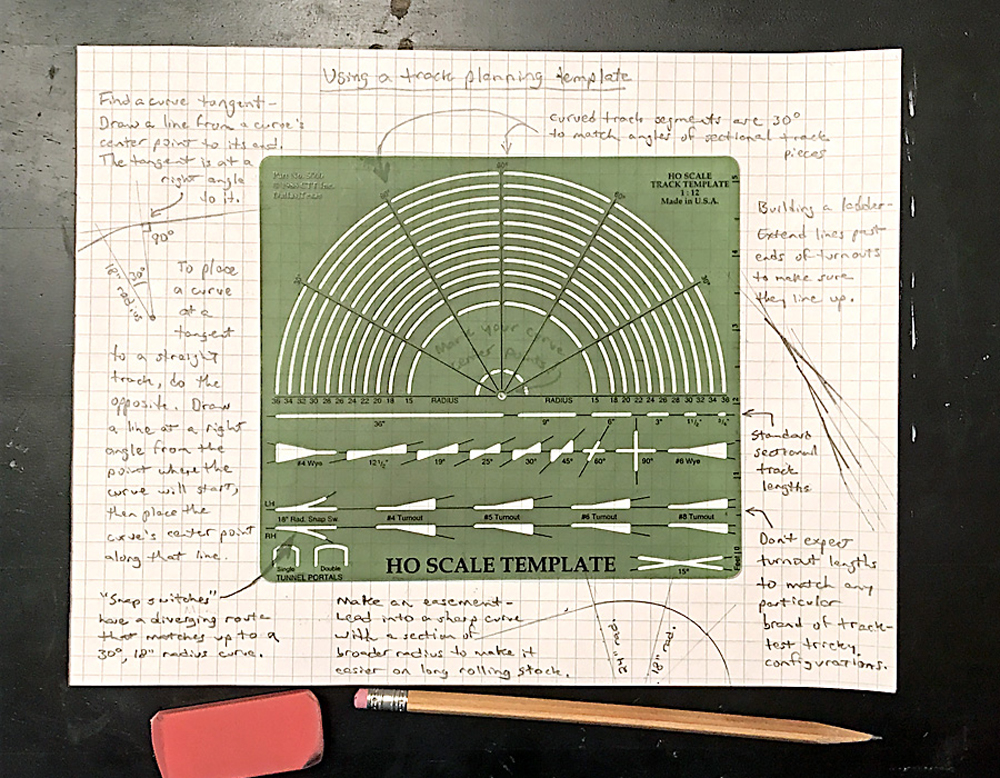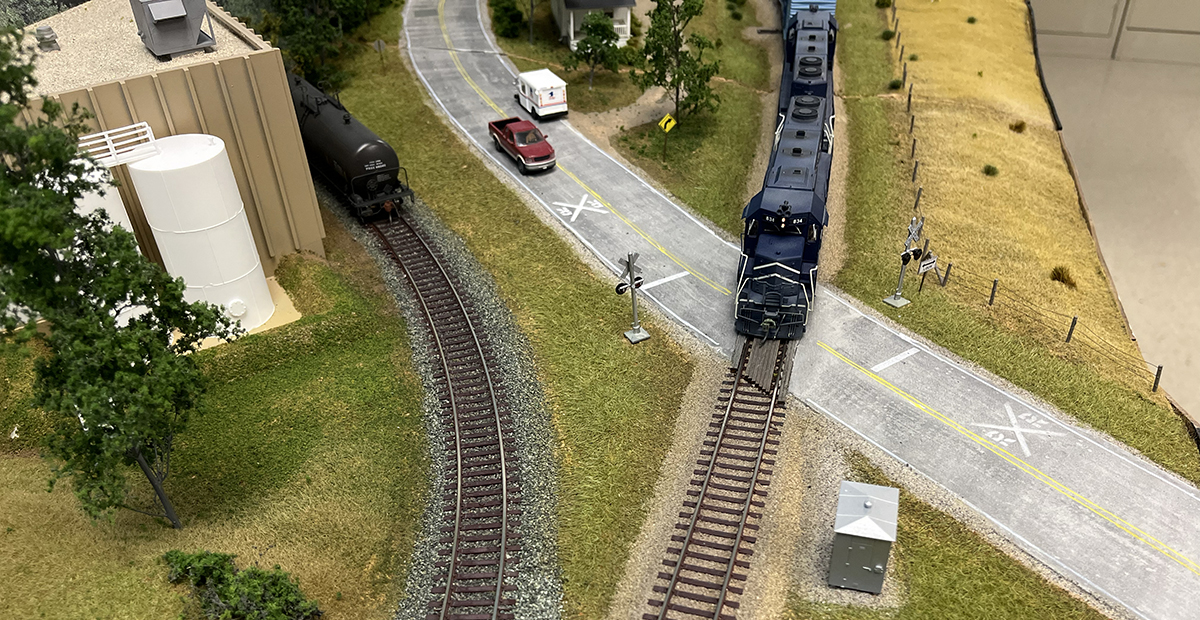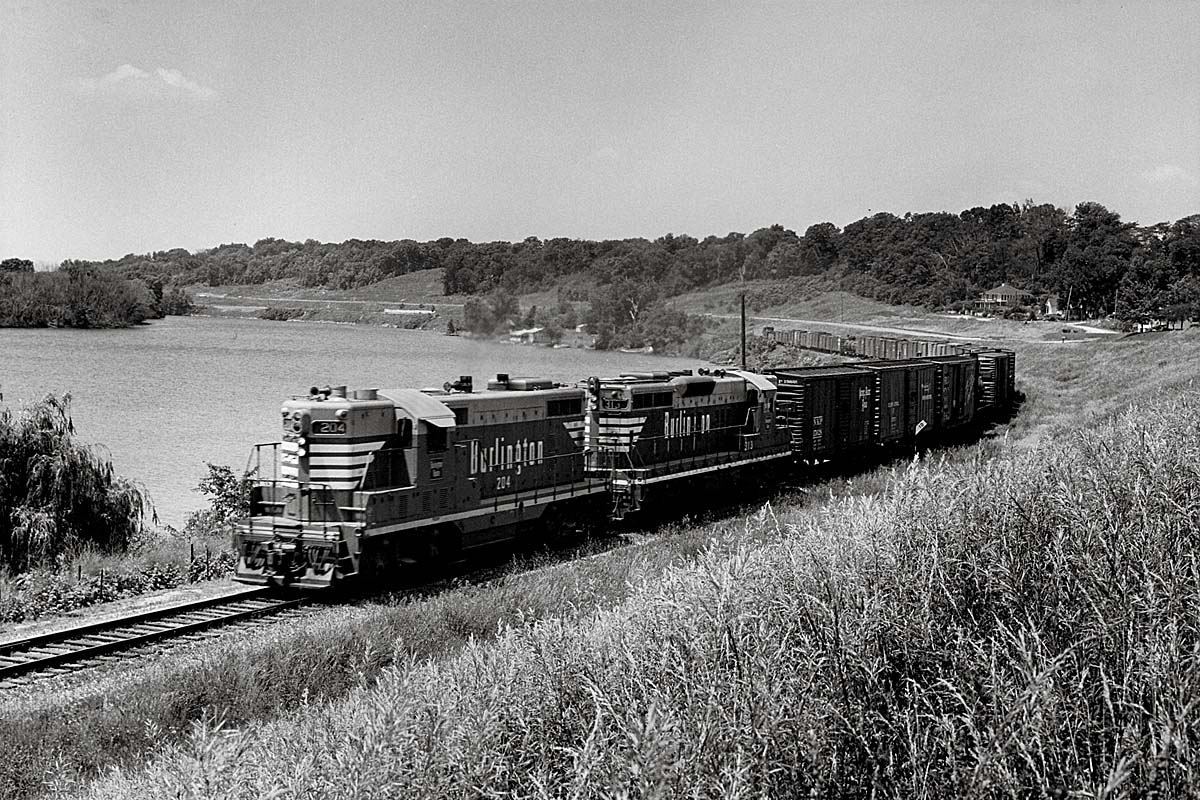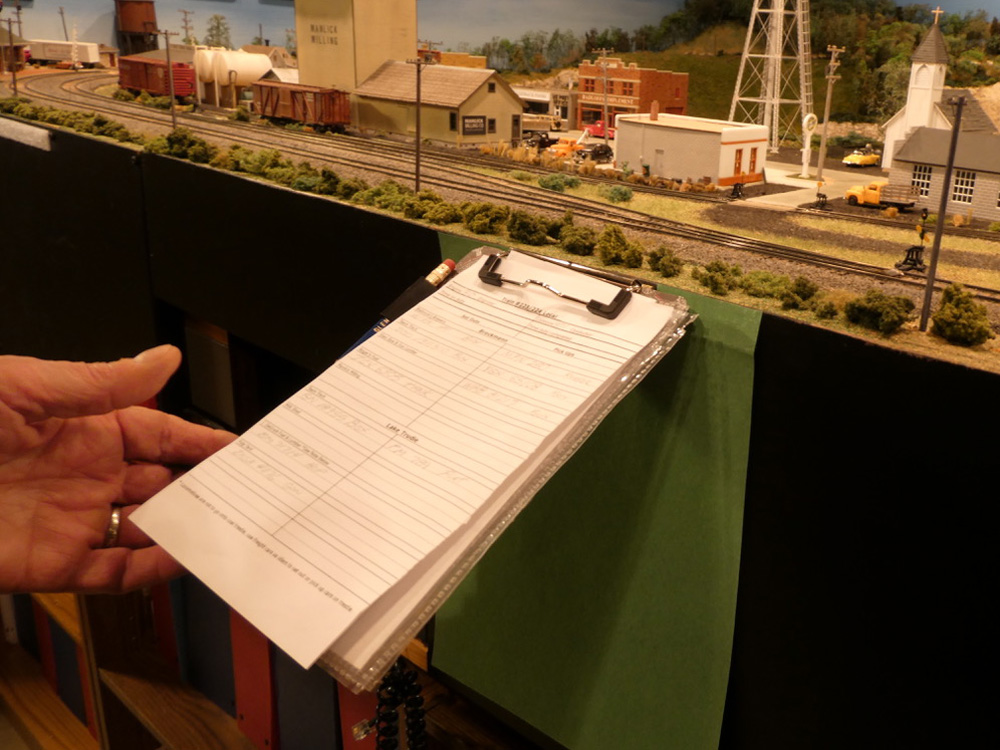Sketching with Steve

Introduction to track templates
Learning to use a track template was among the first tasks I gave myself as a model railroader.
You may have seen one of them hanging next to the register in your local hobby shop. Perhaps, in these days of point-and-click track-planning software, you thought it was a throwback, a waste of time. And while it’s true that software is a lot more precise, it can have a frustratingly steep learning curve. There’s nothing better than paper and pencil for blue-skying new ideas to see what might be doable in your space.
A track-planning template, like the green HO scale one in the photo above, helps you transform your sketchy ideas into a buildable model railroad track plan. The dimensions of the traceable track components, like turnouts and crossings, are generic, not corresponding to the geometry of any particular manufacturer’s components. But the shapes are accurate, helping you decide if your switchback will work or whether your yard ladder will fit three or four turnouts. And although the curves on the template are designed to correspond to the shape of sectional track components (each curve segment is 30 degrees), even if you plan to use flextrack, following the template’s curves can keep you honest in ways freehand sketching never could.
For example, to join two straightaways, extend both track centerlines until they intersect, then position the template so the curve you want to use just touches both lines without crossing either (geometry calls this a tangent). Then simply draw the curve in between the two tangent points. You can do the same thing with a compass, but with a template it’s a lot easier.
To make a smooth, kink-free transition from a curve to a straight, mark the center point of the curve, then use a straightedge to draw a radius from there to the tangent point where the straight track will begin. Then use a drawing square to draw the tangent track at a right angle to the radius. Or, if the corner of your template isn’t rounded off like mine, just use the edge of the template.
To place a smooth curve off the end of a straight track, do the opposite. Draw a guideline at right angles to the straightaway, starting from the intended tangent point, then place your curve’s center point along that guideline.
If you run long rolling stock, like intermodal flatcars or modern passenger equipment, you might want to make the entry to your curves more gradual with an easement. Simply incorporate a broader radius section to begin your curve. To keep the transition kink-free, make sure the center point of both curves lies along the same straight line, at right angles to the tangent where the curves meet.
Track template limitations
Learning to use a track template also means learning its limitations. When designing intricate trackwork like crossovers or yard ladders, you might find that the template’s generic turnouts and crossings aren’t precise enough to know for sure whether things will work as planned. That’s when you make photocopies of your track components and tape them together to test the fit, or bite the bullet and buy that track-planning software. But track-planning software has only been around for a little more than 30 years, and some of the greatest model railroads in history were designed by people like John Armstrong using only paper, pencil, and their trusty track template.
Looking to learn more about how to create your own model railroad trackplan? Check out Track Planning for Beginners, a FREE 15-page PDF which will teach you the ins and outs of designing your own model railroad layout!














Why don’t do the same with our Track Planning Tools templates. Cody has a sample or two that I sent him some time back. 19 complete circles and holes for drawing curves. Turnout Tools No. 4-8 on the corners. Easement Tool with built-in offset. 3 scaled rulers. Markings for N, HO, and O scales.
Steve Moore, kissmethodinc.com
It would be good if Model Railroader were to produce their own copy of this template and sell it in the Kalmbach Hobby Store.
Luke
I have one from at least 20 years ago. And now that I have a suitable layout room for the first time in nearly ten years after a move, the template is packed in a box. Somewhere……………………….
Like everybody else, I was surprised to learn that they don’t seem to exist anymore. I am trying AnyRail, but I could do it faster the old school way.
Looks like I have to do some personal archeology in my model railroad boxes and tubs.
No where on EBay either. I was excited to see the article but disheartened to learn the template can’t be found.
Why didn’t you use the templates currently manufactured and sold by K.I.S.S. Method Inc. (Track Planning Tools). I know we sent a few sets to Cody a few years back, and even have seen them in Kalnboch photos and Cody’s Office, so I know you have them. They are a much improved product and available. Steve Moore, K.I.S.S. Merthod Inc.
To address Mr Fedorka’s observation, Coca-Cola is quite old and is also made in the U.S.A. Be reminded that Coca-Cola can still be purchased to this date. No so for the template used in the above article. It is not an unreasonable assumption that a tool referenced in a current article (August 10, 2021) could be purchased and used as described.
Gentlemen, this template is obviously quite old. Notice what is printed in the upper right hand corner of the template – Made in the U.S.A.
HELP!! As with the comments above you are giving lots of helpful tips on using a tool that is no longer made!! Perhaps some research on availability on the authors end would have been the most helpful tip of all. Needless to say this article added more frustration than the intended inspiration. So again the question is “Where can the above template be purchased?”
Have you tried Ebay?
same situation, where can they be found?
I have searched the internet to buy an HO track template and have not had any luck. Please advise where I can purchase one. Thanks.
Take a look at our Track Planning Tools templates. No learning curve and very intuitive. Everything is to scale. No need for graph paper. 19 complete circles and holes for drawing curves. Turnout Tools No. 4-8 on the corners. Easement Tool with built-in offset. 3 scaled rulers. Markings for N, HO, and O scales.
Steve Moore, kissmethodinc.com
Sold on Amazon:
https://www.amazon.com/Method-CLEAR-or-Screaming-Yellow/dp/B018UYOP7G/ref=sr_1_1?crid=21901TBGIEQ5W&keywords=model+railroading+%2C+track+planning+tools&qid=1706325970&sprefix=model+railroading+%2C+track+planning+tools%2Caps%2C147&sr=8-1